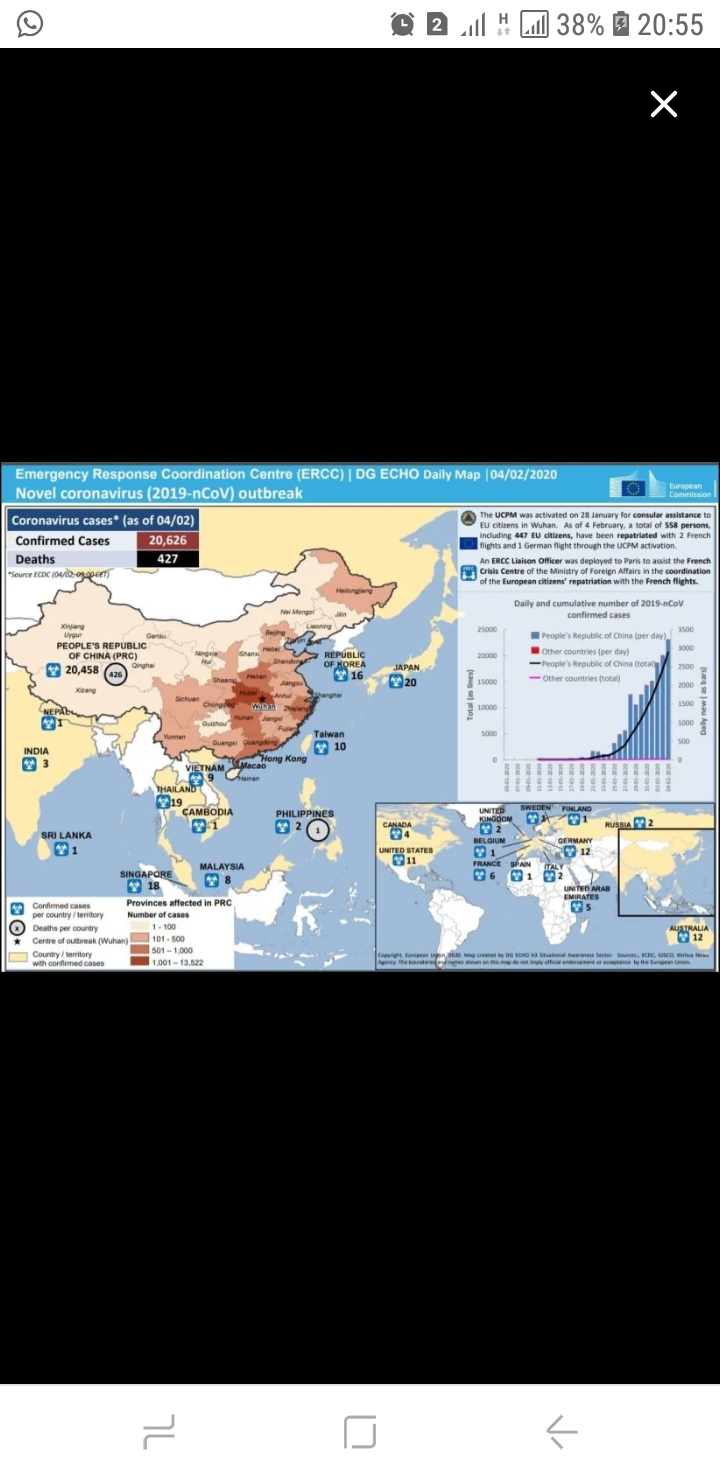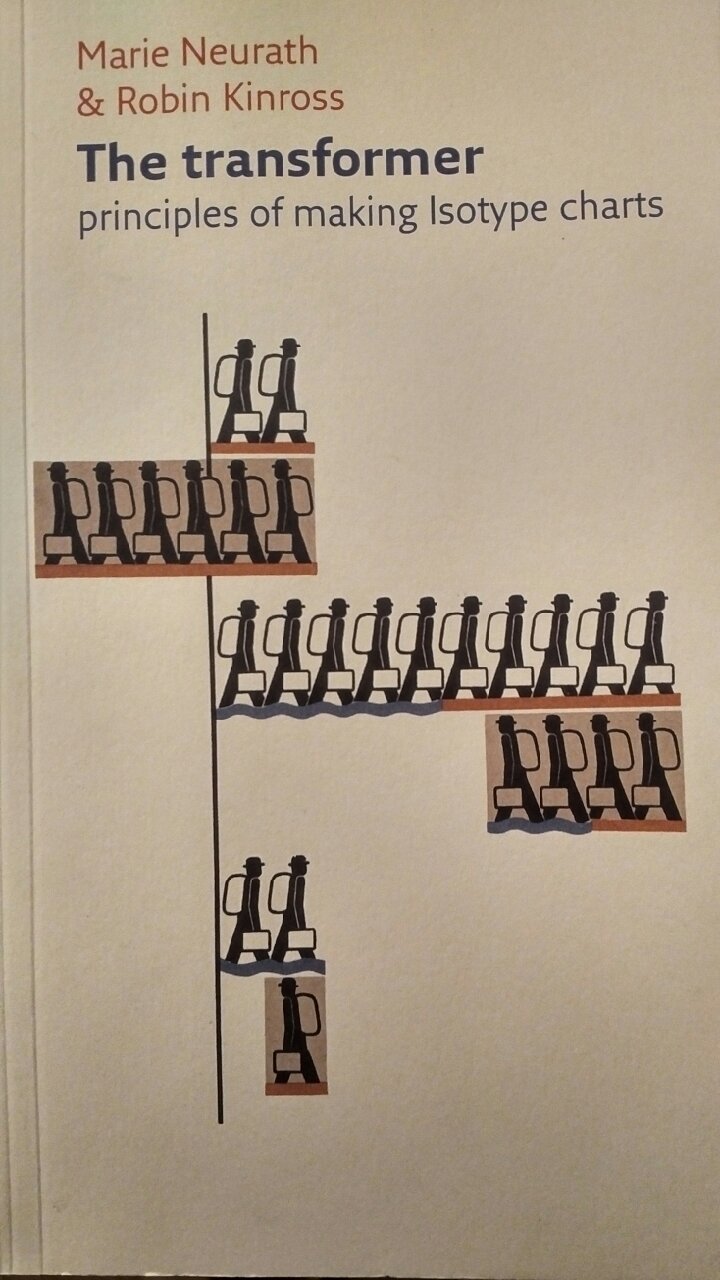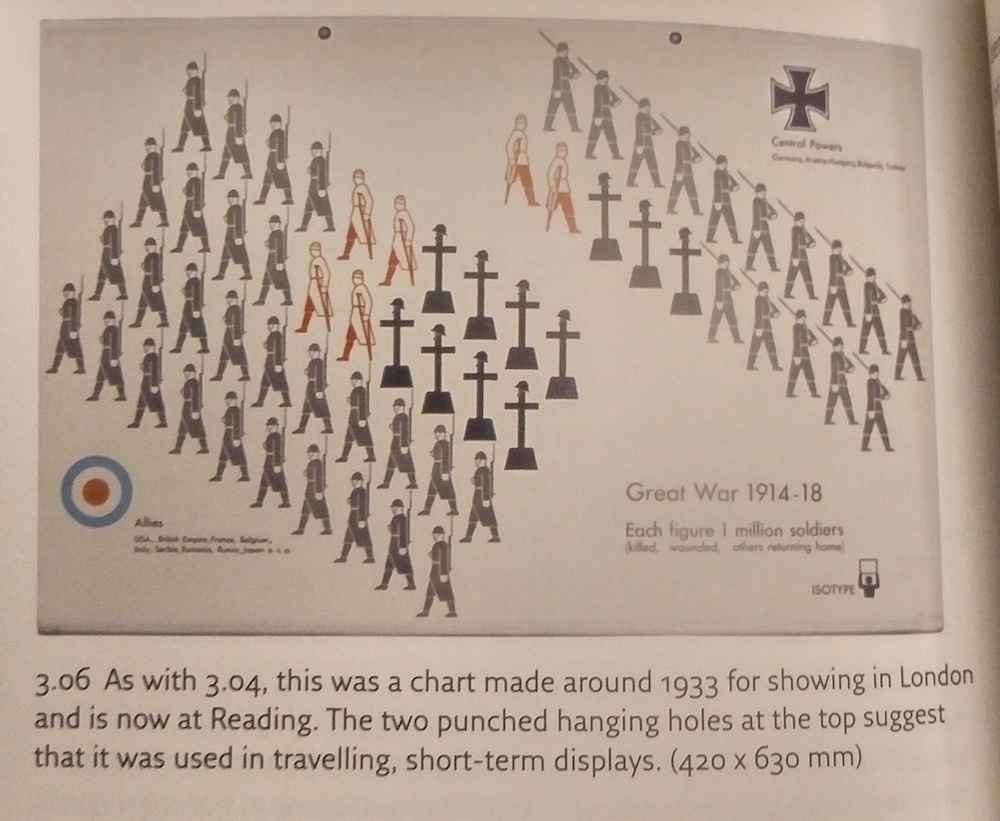Link: https://graphics.reuters.com/ENVIRONMENT-PLASTIC/0100B4TF2MQ/index.html
“A Plateful of Plastic - Visualizing the amount of plastic we eat", by Simon Scarr, from Thomson Reuters, is, for me, a perfect example of clarity and readability in data visualization.
I hesitated to choose this data visualization because its author is also the author of “Deconstructing Data Viz”, the recommended reading for discussion in this forum. But the data visualization “A Plateful of Plastic - Visualizing the amount of plastic we eat” illustrates so well the message that Simon Scarr writes in the article “Deconstructing Data Viz”, that I decided to choose this original, clear, creative and informative data visualization.
This data visualization from Thomson Reuters is about the amount of microscopic pieces of plastic that most people ingest throughout their lives and do not know. The revelations are from a recent study by WWF International that concluded that “people could be ingesting the equivalent of a credit card of plastic a week”.
Through pertinent data, clean and fresh design and a direct and explanatory narrative, this data visualization made the subject uncomplicated and made it understandable.
This data visualization made it possible for us to visualize the amount of microplastic that we ingest over the course of our lives by representing a certain amount at the size of a certain object. For example, 5 grams of microplastic is, according to the WWF International study, the amount that is eaten every week by each person. This amount of 5 grams of plastic is represented on the data visualization with a spoon full of microplastic. Another example, every year, people eat 250 grams of plastic, this amount is represented on the data visualization with a plate full of microplastic.
On this data visualization there are no graphics (as we understand them). But the visualization elements, such as the spoon, the plate, the bowl of cereals or a standard life buoy that weighs 2.5 kilograms of microplastic, originally used in this data visualization fulfill the functions of a graph. They allow to relate or compare each other and allow a relationship between the time (one week, 6 months, one year, 10 years. 79 years) with the quantity (grams, kg) of microplastic that people consume during that time.
“A Plateful of Plastic - Visualizing the amount of plastic we eat” evidences the indications of the article “Deconstructing Data
Viz”, by Simon Scarr. The clean and well-sourced data (WWF International) gives us the news. That is, the amount of plastic we eat during our lives.
The comparison of values is another indication of Simon Scarr that appears in this data visualization. The author explains that a microplastic is the size of a sesame seed.
On this data visualization, the author does not compare using a conventional chart, but through the visual elements already mentioned that visually express the data and facilitate its understanding.
Also, in this data visualization it’s possible to see change over time. And, in my opinion, if this data visualization were interactive it would make information not easy to digest.


